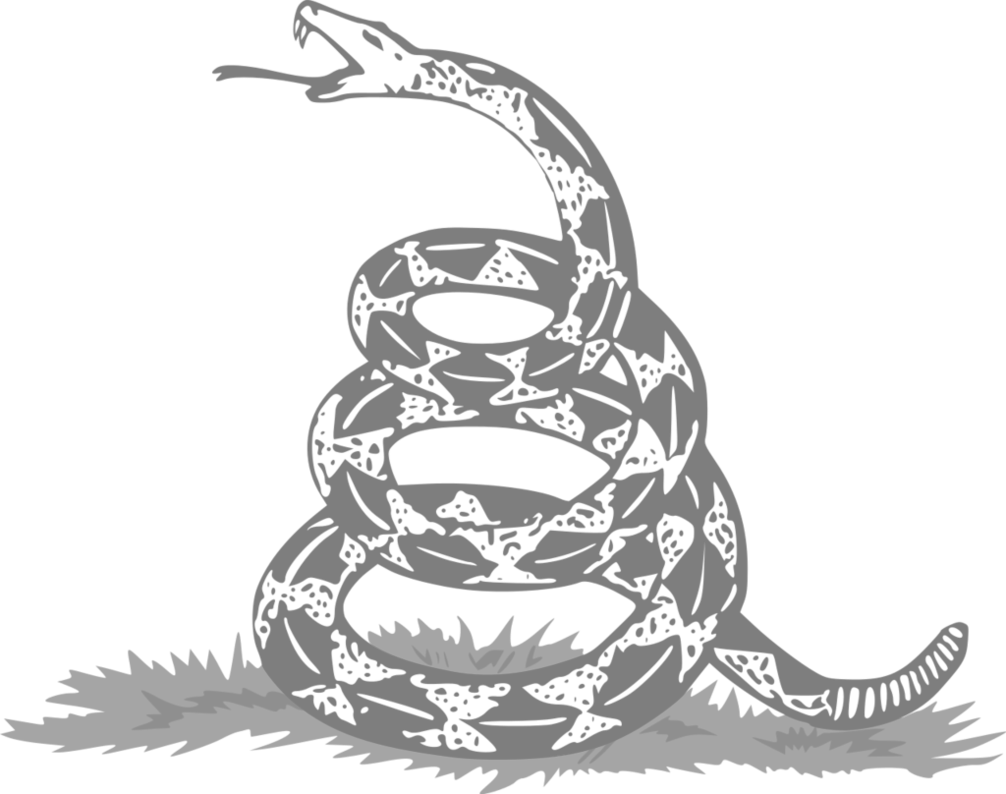A little about models and their functions in economics
Reading the comments on the previous post, I see many questions, each of which is connected, firstly, with a lack of understanding of what an economic model is, and, secondly, what role it plays in the analysis. I have long recommended to everyone to read the wonderful book by Denis Rodrik "Economics decides: the strength and weakness of the "gloomy science". This is the best introductory book for those who want to understand exactly how economic models work and how economists use them. Below is a good review of Daniil Shestakov on the book:
Economists do not try to create a general theory of everything: they use many models specific to the context of a particular research problem. Models are like fairy tales or fables: they discard many elements of reality in order to emphasize the main idea (another book has been written about this, which I will also write about here one day - Ariel Rubinstein's Economic Fables). If you collect the morals of all the fables, you will get a lot of contradictions: water wears away a stone, but you can’t break a butt with a whip. It's the same with economic models: one model will tell you that a price ceiling reduces social welfare, another that it increases it. But the models will also help you understand under what assumptions which of them is true (the first is true under perfect competition, the second under monopoly). Many models do not mean that “anything will work”: you have to choose between models, and the dialogue about which model to choose becomes empirical in nature (how close a given market is to perfect competition).
Another option is to think of models as thought experiments; after all, laboratory experiments are not free from the problem of external validity - they need to prove that the effect found in the laboratory will be observed outside the laboratory. The same goes for field experiments: what worked in Mexico in the 1990s may not work in Thailand in the 2010s. In your head (or on your computer) you can run any experiment you want inside your model - macroeconomists do this almost all of their working time.
It is very noticeable that Rodrik is a specialist in economic growth and development, and not a macroeconomist. In economic growth, there are many models that are not very complex, so that “growth diagnostics” allows you to choose one of them, the mechanism of which is the main constraint for growth, and correct this mechanism. For example, if there is evidence that the problem lies on the supply side and is related to the failure of the state, measures should be taken to combat corruption and strengthen property rights. In the medium term, the macroeconomist usually has one model, and it is necessary to understand which of the many shocks within this model will better explain the past trajectory and organize the scenario. Evidence for certain shocks is collected from various satellite models, but when it is collected, you are not accessing one model from the set - you are accessing the same model every time.
The main lesson from Rodrik for me is this: when imagining all models (or blocks in a large model), one must definitely diagnose their applicability. You cannot use a model simply because such models are in vogue or more complex and realistic. Obviously? Alas, not for all.
Grigory Bazhenov 2022-07-20
